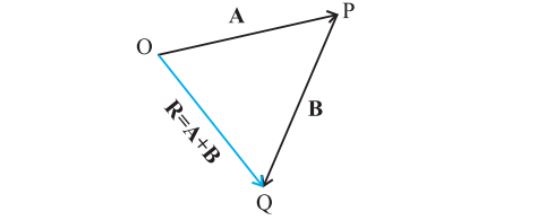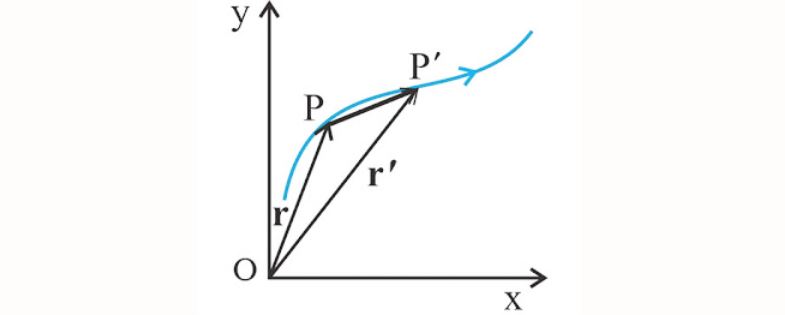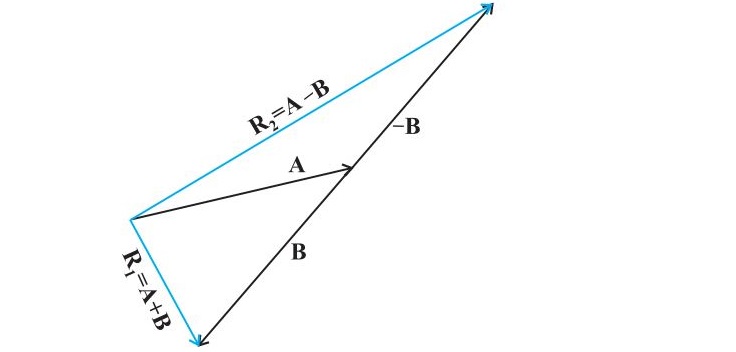Motion In A Plane Class 11 Revision Notes: CBSE Class 11 Physics Chapter - Motion in a Plane deals with the study of objects moving within a two-dimensional plane. It explores concepts like velocity, acceleration, projectile motion, circular motion, and relative motion. With this chapter, students get to understand how objects move and interact in various directions and paths on a flat surface. The short notes or revision notes presented in this article are best to recall all the concepts in less time. These notes are best for self-assessment and identifying the concepts that trouble you so that you can improve them before exam. These notes are prepared by subject experts and are as per the latest CBSE syllabus. Therefore, these notes are best to revise the chapter during exam preparations in the 2023-24 session. You can download the notes in PDF as well.
Also Read:
CBSE Class 11 Physics Syllabus 2023-24
CBSE Class 11 Physics Deleted Syllabus 2023-24
Revision Notes for CBSE Class 11 Physics Chapter 3, Motion In A Plane
Motion in a plane is the motion observed in two dimensions. Examples: projectile motion, circular motion etc.
Scalar and Vector Quantities
Scalar Quantities: The physical quantities which are completely specified by their magnitude or size alone are called scalar quantities.
Examples: Length, mass, density, speed, work, etc.
Vector Quantities: The physical quantities which are characterised by both magnitude and direction.
Examples. Velocity, displacement, acceleration, force, momentum, torque etc.
Unit Vector
A unit vector is a vector of unit magnitude and points in a particular direction. It is used to specify the direction only. Unit vector is represented by putting a cap (^) over the quantity.
Predefined unit vectors along x, y and z-axis are i, j and k respectively.
Equal Vectors
Two vectors A and B are said to be equal if, and only if, they have the same magnitude and the same direction.
Zero vector
It is a vector with zero magnitude. It is presented by 0 and also known as Null vector.
It has the properties :
A + 0 = A
λ0 = 0
0 A = 0
Position and Displacement Vectors
(a) Position Vector: It is used to describe the position of an object in space.
In an x-y plane with its origin at O the position vector of the object is the vector joining the origin to the point where the object lies. It is usually denoted by vector r.
(b) Displacement Vector: When an object is displaced from its position at point P to a new position at point P' (as shown in the above figure), then the vector PP' is called the displacement vector of the object.
Multiplication of Vectors by Real Numbers
Multiplying a vector A with a positive number λ gives a vector whose magnitude is changed by the factor λ but the direction is the same as that of A :
|λ A|= λ |A| if λ > 0
Multiplying a vector A by a negative number −λ gives another vector whose direction is opposite to the direction of A and whose magnitude is λ times |A|.
Addition of Vectors
(a) Triangular Law of Vector Addition: Two vectors A and B are represented by two sides of a triangle taken in same order, then the third side of the triangle taken in opposite order, represents the sum of two vectors.

(b) Parallelogram Law of Vector Addition: If two vectors are represented in magnitude and direction by two adjacent sides of a parallelogram then the diagonal of the parallelogram passing through their point of contact will represent their resultant in magnitude and direction.
Subtraction of vectors
It can be defined in terms of addition of vectors A and –B : A – B = A + (–B)
Properties of Vector Addition
(a) Vector addition is commutative.
A + B = B + A
(b) It also obeys the associative law.
(A + B) + C = A + (B + C)
Resolution of Vectors
A vector A can be resolved into components along two given vectors a and b lying in the same plane :
A = λ a + µ b
where λ and µ are real numbers.
Also Read:
NCERT Book for Class 11 Physics (Revised Book)
NCERT Solutions for Class 11 Physics (All Chapters)




Comments
All Comments (0)
Join the conversation